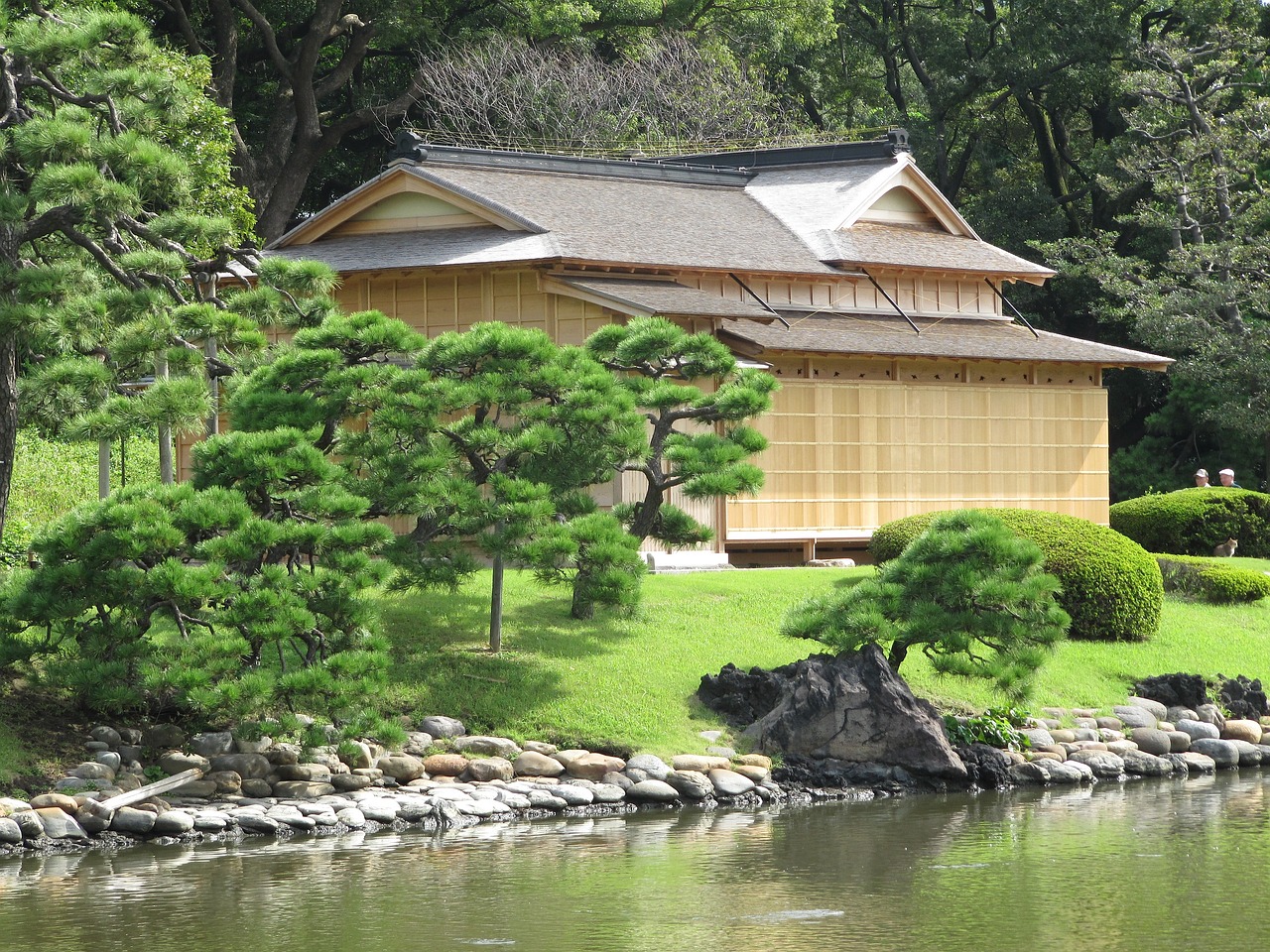Wooden constructions represent a fundamental solution for addressing the devastating effects of earthquakes, especially in seismic countries like Japan. This construction technology relies on several seismic features that make it an ideal option for mitigating structural damage during seismic events.
Key Features of Seismic-Resistant Wooden Constructions
- Lightness and Reduced Seismic Mass: Wood, lighter than materials such as concrete or steel, reduces the overall seismic mass of buildings. This characteristic is crucial in decreasing the forces at play during an earthquake, reducing the load on foundations, and damping vibrations.
- Elasticity and Deformability: Wood, an elastic material, can deform without suffering permanent damage. Its elasticity allows buildings to absorb seismic energy through flexion and bending, reducing the likelihood of structural damage.
- Compression and Traction Resistance: The good properties of wood in resisting compression and traction are exploited in seismic design. Beams and columns in wood can be designed to withstand seismic forces without collapsing.
- Light Frame Construction: Light frame systems, with vertical and horizontal structural elements in wood, provide an elastic response to seismic impacts. Energy is dissipated through the temporary deformation of structural elements.
- Advanced Seismic Connections: Connections between structural elements in wood are designed to allow flexibility and dissipate seismic energy. This is crucial to avoid catastrophic collapse during an earthquake.
- Seismic Isolators: In some cases, seismic isolators are used to further reduce vibrations. These isolators can be made of elastomeric materials or other substances that absorb and dissipate seismic energy.
Why Japan Embraces Wooden Constructions
Japan, situated along the Pacific Ring of Fire, a geological zone known for high seismic activity, has embraced wooden constructions for various reasons.
- Mitigation of Seismic Damage: Wooden constructions, with their elastic characteristics, can absorb and dissipate seismic energy, reducing the impact of earthquakes on structures and preventing severe damage.
- Flexibility and Adaptability: The flexibility of wood allows buildings to adapt to seismic forces without suffering irreparable damage, contributing to the preservation of people’s safety.
- Construction Tradition: Japan’s long tradition of building in wood, evident in temples and traditional houses, has demonstrated significant seismic resilience over time.
- Environmental Sustainability: The production of wood requires less energy compared to other construction materials, promoting environmental sustainability and reflecting Japan’s attention to reduced environmental impact.
- Strict Seismic Regulations: Japan has stringent seismic regulations guiding the design and construction of buildings, ensuring high standards of seismic safety.
- Seismic Prevention Culture: The Japanese population is aware of seismic risks and educated on how to react during an earthquake, contributing to overall safety during seismic events.
In summary, the use of wooden constructions in the Japanese context not only addresses the unique seismic needs of the country but also reflects a commitment to sustainability and the safety of people during seismic events. The combination of tradition, innovation, and cultural awareness makes wood a key choice for resilient construction in seismic zones.
